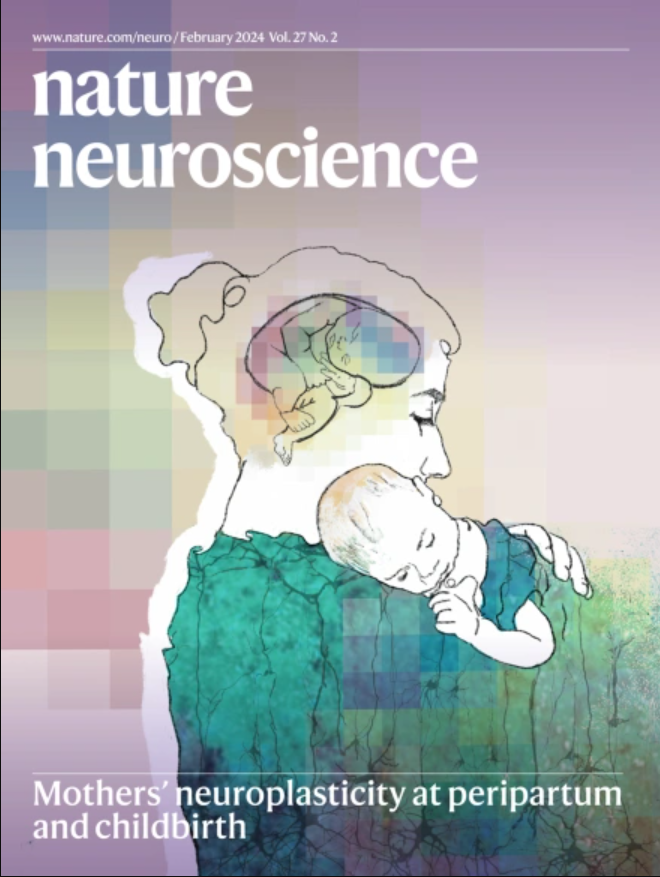灵长类动物眶额皮层群体价值信号的行为读数。
IF 21.2
1区 医学
Q1 NEUROSCIENCES
引用次数: 0
摘要
灵长类动物的眶额皮层(OFC)长期以来一直被认为在基于价值的决策中发挥作用;然而,将OFC中的价值表征与决策结果联系起来的确切机制仍然难以捉摸。在这里,为了解决这个问题,我们在非人类灵长类动物中表明,选择的试验可变性可以通过从许多同时记录的OFC神经元解码的值信号的可变性来解释。从机制上讲,这种关系与低维值编码子空间内的活动投影到潜在的高维、行为有效的输出子空间上是一致的。识别这种神经行为联系回答了关于OFC在经济决策中的作用的长期问题,并提出了OFC的群体水平读出机制,类似于最近在感觉和运动皮层中发现的机制。本文章由计算机程序翻译,如有差异,请以英文原文为准。

Behavioral read-out from population value signals in primate orbitofrontal cortex
The primate orbitofrontal cortex (OFC) has long been recognized for its role in value-based decisions; however, the exact mechanism linking value representations in the OFC to decision outcomes has remained elusive. Here, to address this question, we show, in non-human primates, that trial-wise variability in choices can be explained by variability in value signals decoded from many simultaneously recorded OFC neurons. Mechanistically, this relationship is consistent with the projection of activity within a low-dimensional value-encoding subspace onto a potentially higher-dimensional, behaviorally potent output subspace. Identifying this neural–behavioral link answers longstanding questions about the role of the OFC in economic decision-making and suggests population-level read-out mechanisms for the OFC similar to those recently identified in sensory and motor cortex. McGinty and Lupkin show that value-based choices in monkeys are explained by multi-neuron activity patterns in the orbitofrontal cortex (OFC) that are not evident in single cells. Identifying this neural–behavioral link sheds light on the OFC’s role in decision-making.
求助全文
通过发布文献求助,成功后即可免费获取论文全文。
去求助
来源期刊

Nature neuroscience
医学-神经科学
CiteScore
38.60
自引率
1.20%
发文量
212
审稿时长
1 months
期刊介绍:
Nature Neuroscience, a multidisciplinary journal, publishes papers of the utmost quality and significance across all realms of neuroscience. The editors welcome contributions spanning molecular, cellular, systems, and cognitive neuroscience, along with psychophysics, computational modeling, and nervous system disorders. While no area is off-limits, studies offering fundamental insights into nervous system function receive priority.
The journal offers high visibility to both readers and authors, fostering interdisciplinary communication and accessibility to a broad audience. It maintains high standards of copy editing and production, rigorous peer review, rapid publication, and operates independently from academic societies and other vested interests.
In addition to primary research, Nature Neuroscience features news and views, reviews, editorials, commentaries, perspectives, book reviews, and correspondence, aiming to serve as the voice of the global neuroscience community.
 求助内容:
求助内容: 应助结果提醒方式:
应助结果提醒方式:


